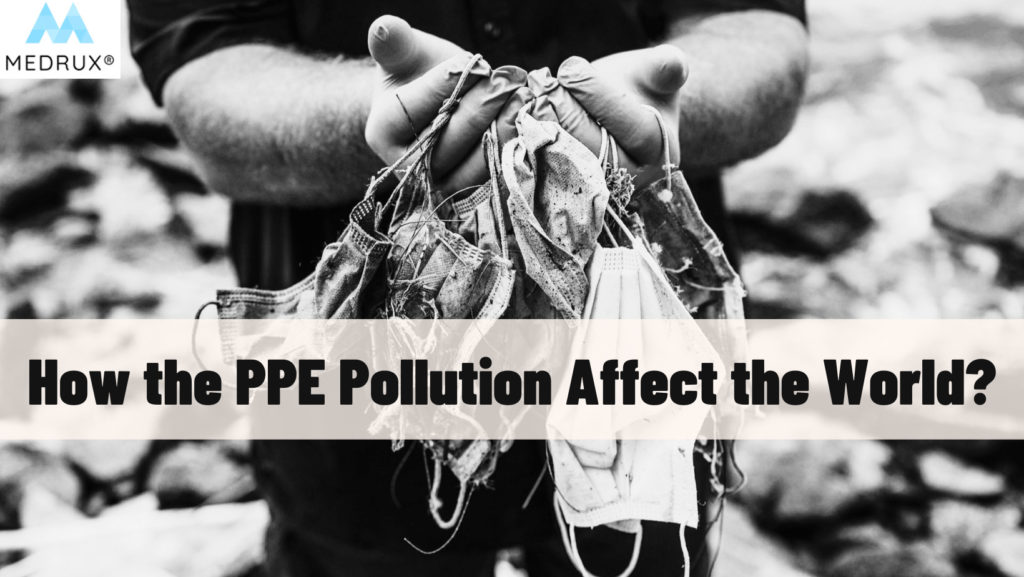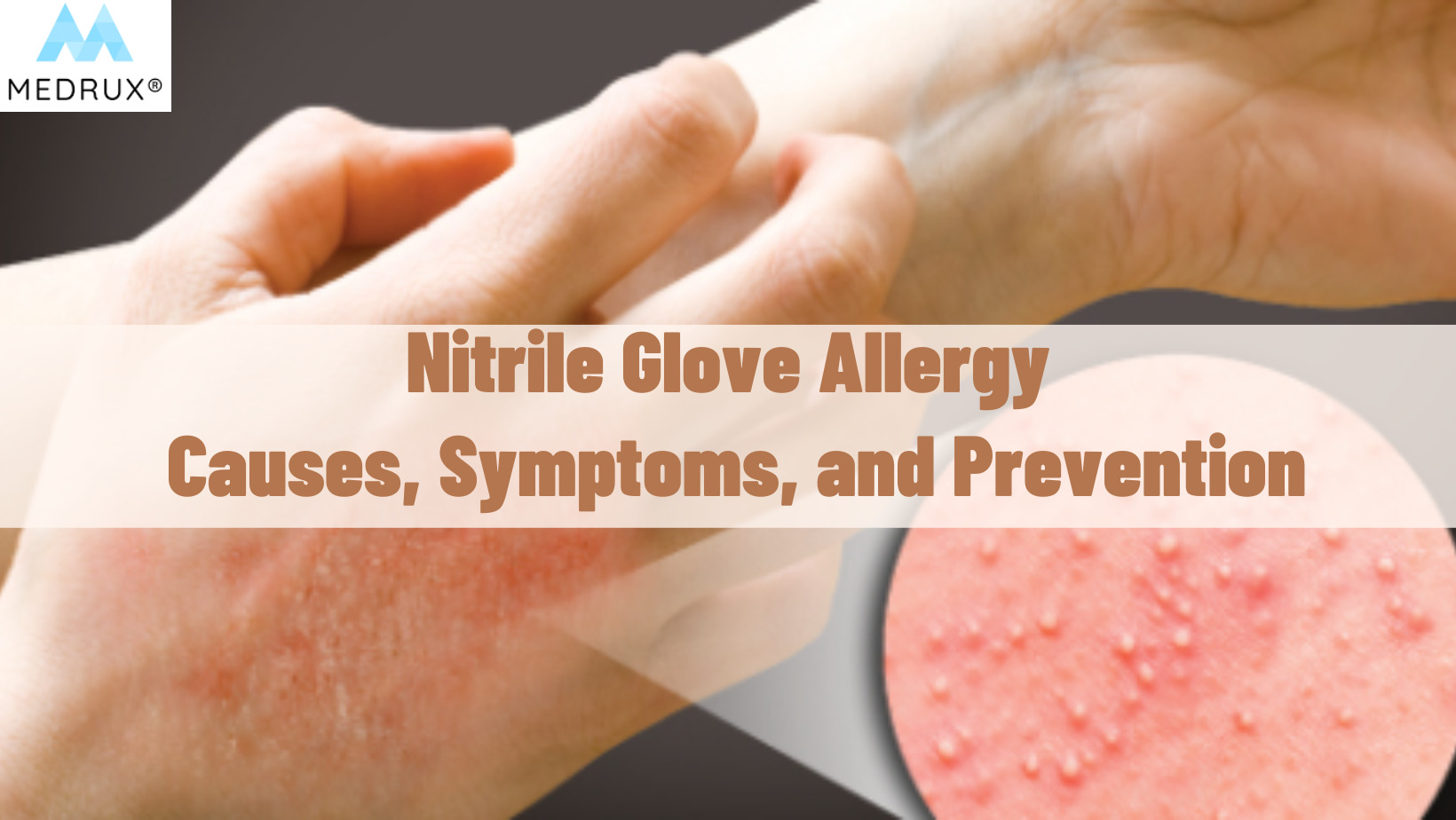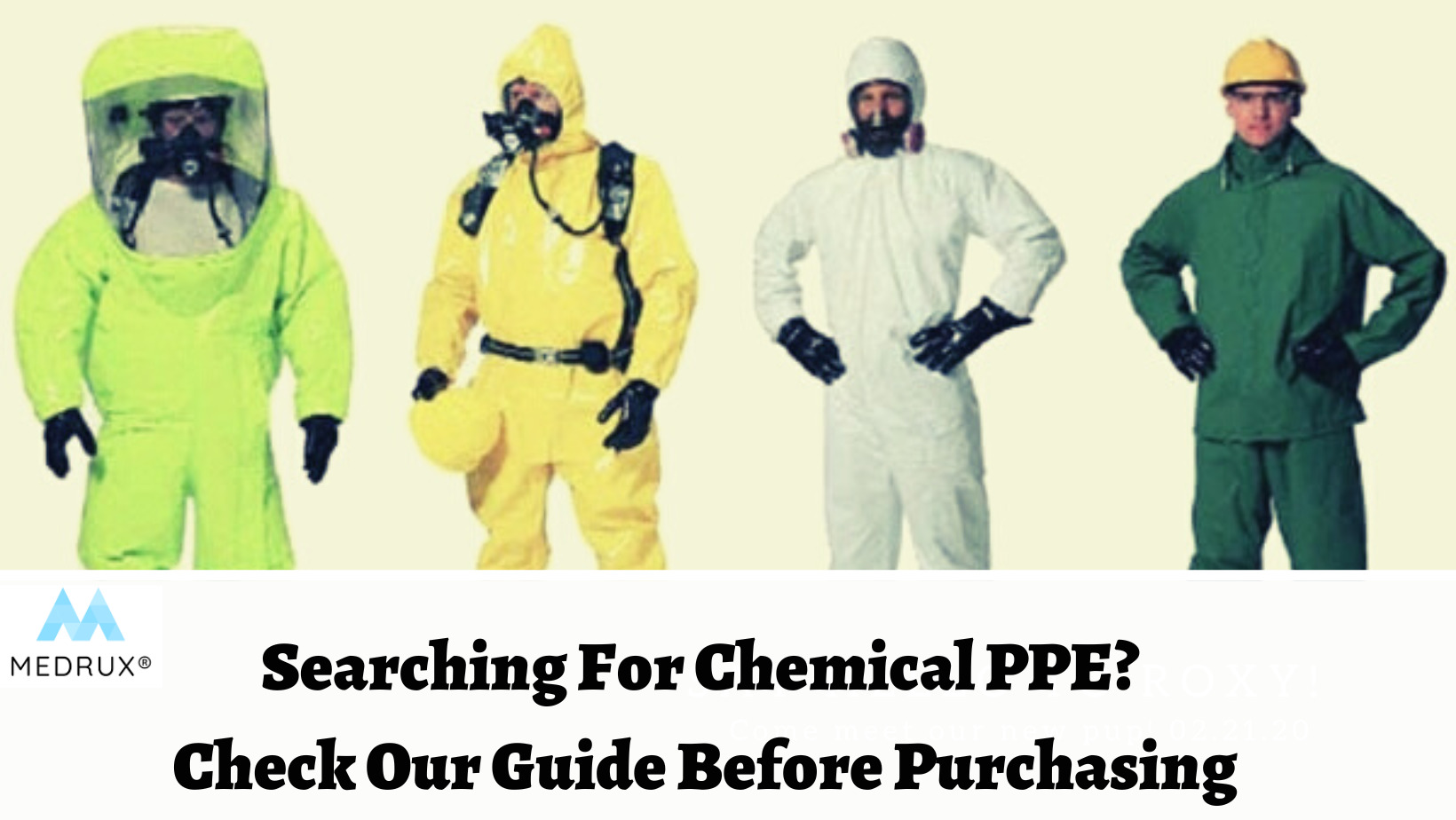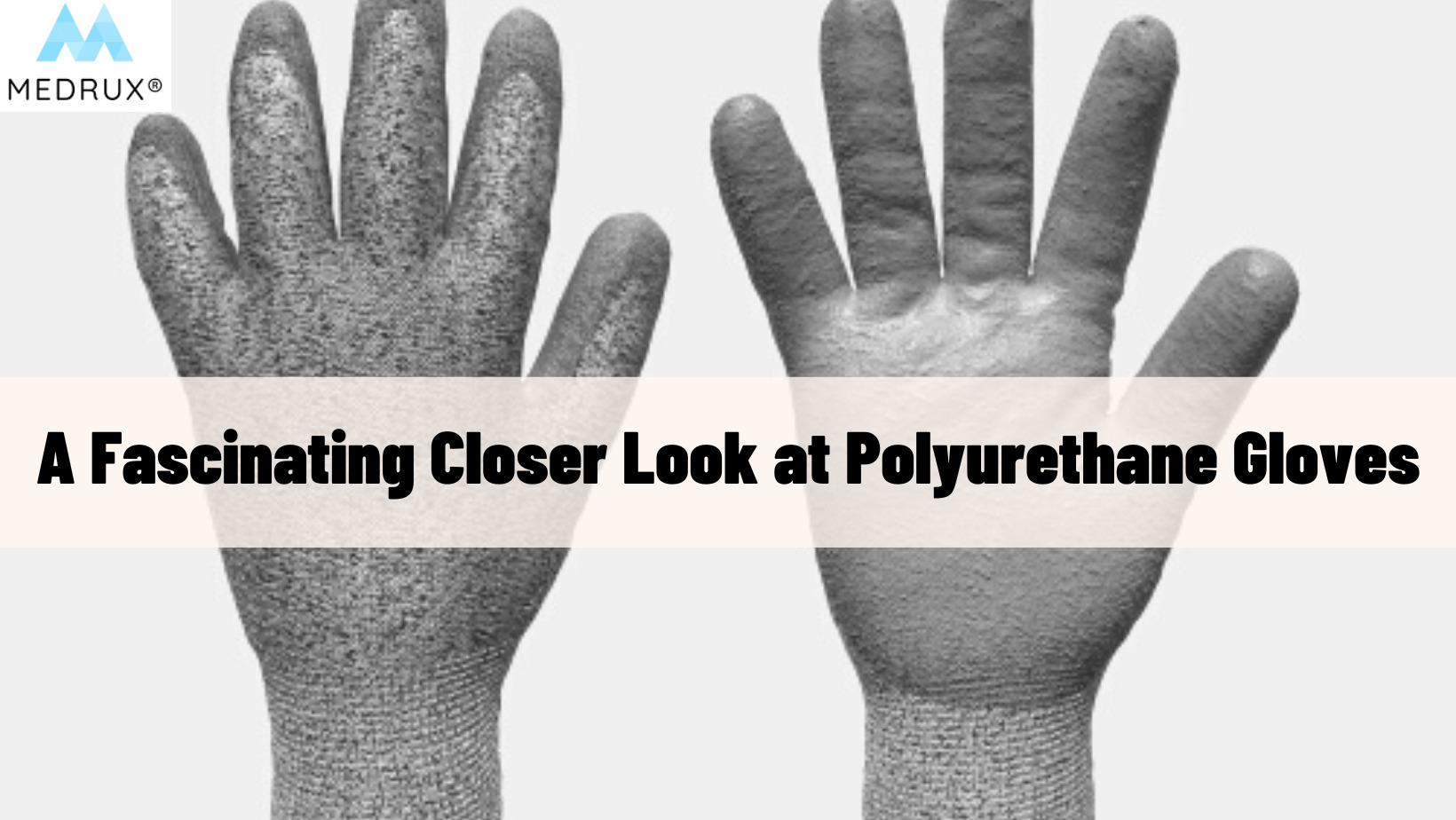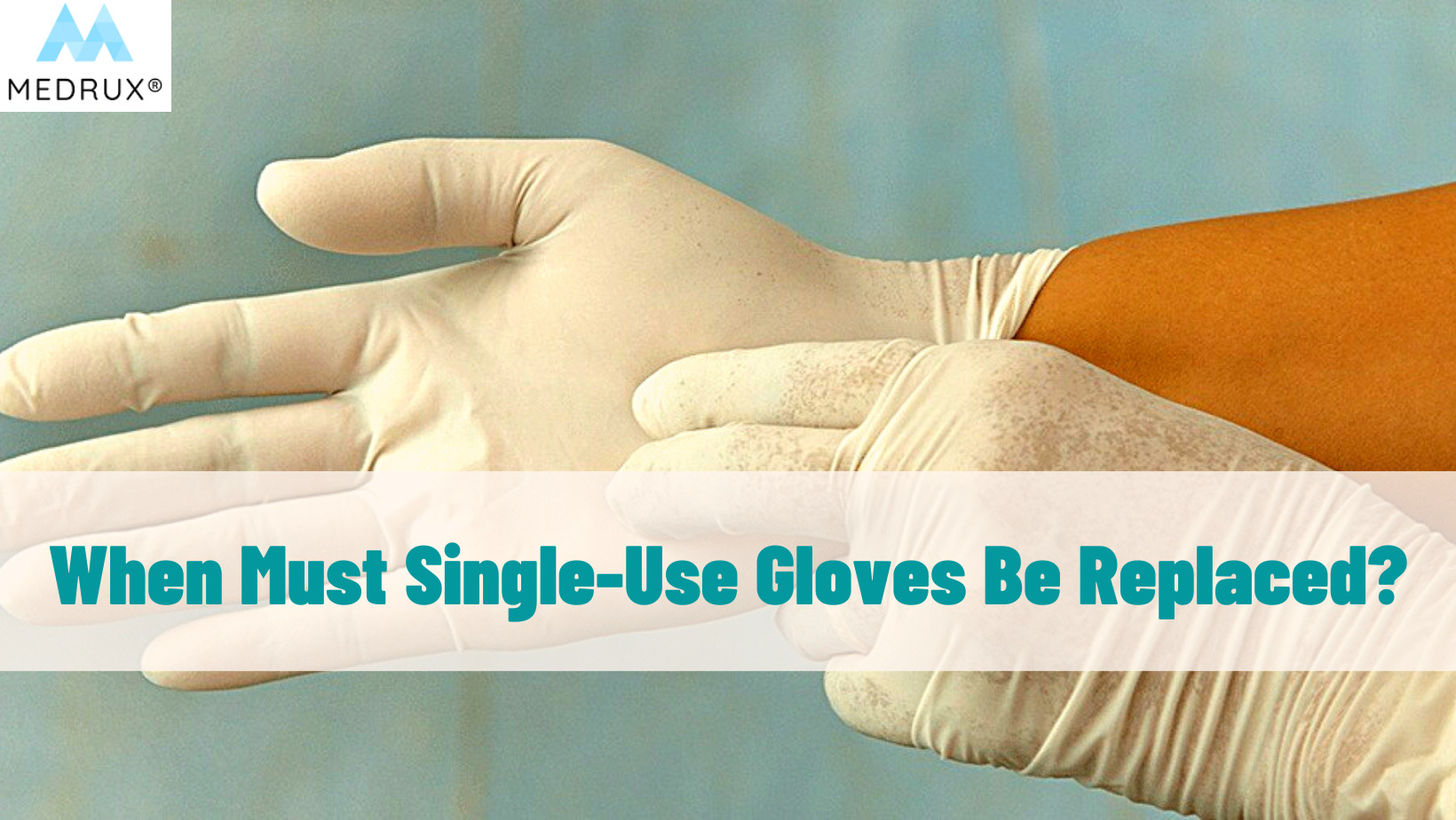PPE pollution is a global issue.
Even though COVID-19 began as a health problem, it’s now an environmental one.
Little did we know that the way we protected ourselves posed a risk to the environment and the ecosystems.
Before the pandemic, you could barely find a study, report, or article that linked PPE to plastic pollution.
Now, we’re drowning in articles, research, and observations that all mention “PPE pollution,” “the pandemic effect on pollution,” and “how COVID-19 ruined our oceans.“
Even though it appeared at first that nature was healing, with lower carbon emissions and noise levels, the ozone layer was healing itself, and the environment seemed to be thanking the pandemic, the truth turned out to be different.
COVID-19 not only kills humans but also turns the planet into a wasteland.
This article will show how PPE Pollution is killing our ecosystems, the consequences of PPE waste, and how we will deal with this pollution.
Let’s dig in.
PPE promotes safety, Yet; does it damage the environment?
2020, the Pandemic hit the world.
Everyone freaked out; we didn’t know how it spread or how to face it either.
Our only defense measures against the unknown were social distancing, lockdowns, washing hands, and wearing face masks and gloves.
Whether you went to work, the grocery store, or the park, you had to wear a mask.
Although the World Health Organization (WHO) does not advise the public to use gloves as a preventive COVID-19 measure, we still use them.
It was how we protected ourselves and our families from a danger that killed millions worldwide.
There’s no denying how necessary PPE is; it played and still plays a vital role in protecting us against infections, injuries, and chemicals.
PPE was no longer just for professionals and doctors; it was for everyone; some even used it on their pets!
People used masks, face shields, gloves, gowns, plastic bottles of alcohol-based sanitizers, and disinfectant wipes more than they ever did throughout their lives!
During the pandemic, around 129 billion face masks and 65 billion gloves were used monthly! (1)
This all sounds so protective, right?
But things turn into habits; we’re still using facemasks three years into the pandemic.
However, everything is a double-edged weapon.
Most PPE is made of long-lasting plastics.
In addition to piling up in our oceans and harming our ecosystems, this contributed to more greenhouse gases and carbon emissions.
Let’s find out more.
The shortage of PPE made the problem worse.
Before the pandemic, medical-grade PPE was used in a medical setting only by healthcare professionals.
Things changed in the pandemic’s early stages; everyone used them.
Consequently, as demand grew, there was a global shortage of medical-grade PPE.
As the pandemic spread, the entire world was wearing face masks. People bought commercial, non-medical-grade face masks and gloves.
Disposable glove manufacturers took it upon themselves to meet this demand rapidly and efficiently.
As a result, there was an unprecedented increase in production.
Statistical analysis in 2022 shows that the global market for medical gloves is estimated at $21.8 billion and is expected to reach $29.8 billion by 2026. (2)
Now that we are at the end of our third year of the pandemic, things are starting to settle down. It’s the new normal now that we are living with the virus.
Nevertheless, this new norm costs the environment more and contributes to plastic pollution.
Let’s see how.
How did COVID-19 contribute to plastic pollution?
Let the numbers speak for themselves.
Sadly, with such a massive expansion in the global PPE market, there’s an equivalent growth in discarded disposables.
Let’s go back to how it all started to see how the pandemic affected plastic pollution.
Wuhan, China, the first city where COVID-19 appeared, is also among the first places to report pollution problems.
Before the outbreak, Wuhan hospitals and clinics produced 45 tons of medical waste, including PPE.
However, when COVID-19 emaciated there, they produced almost 247 tons daily.
According to one study, if one person used a single-use face mask every day for a year, it would generate an additional 66,000 tons of contaminated waste and 57,000 tons of plastic packaging (3)
Imagine millions of people wearing 2-3 masks every day for the past two years!
In February 2021, a separate study about the impact of COVID-19 pollution on the global plastic waste footprint reported that we discard 3.4 billion face masks every day.
Asia is at the top of the list, throwing away 1.8 billion masks daily, including China, which throws away 702 million face masks daily!
Hospitals and medical facilities make up more than 75% of this disposal.
Why?
Medical waste isn’t just about surgical facemasks and disposable gloves; many other things made of plastic contribute to medical waste, such as syringes, disposable blades, scalps, face shields, and surgical and isolation gowns.
Furthermore, plastic medical test kits have been used since the coronavirus pandemic began.
To explain, over 140 million test kits could generate around 2,600 tons of non-infectious waste.
Meanwhile, over 8 billion vaccines have been administered globally, producing around 144,000 tons of additional waste in syringes, needles, and safety boxes. (4)
The numbers are gargantuan and scary, but they all indicate one single truth: the COVID-19 pandemic is responsible for contaminating the environment through PPE waste.
Alternatively, it’s not just the PPE and medical waste; the pandemic has increased PPE pollution in various ways.
Let’s find out.
How did the pandemic contribute to higher plastic use?
We spent months and months in lockdown; businesses were affected, including restaurants and fast-food places.
However, people had to find their way out.
During lockdowns, restaurants depended on take-away meals and home deliveries to save their business.
Nevertheless, this increased the use of single-use plastic (SUP) food containers, plastic bags, and plastic materials to wrap vegetables and fruits for better hygiene and safety.
Cafés and restaurants are now used to plastic and paper cups.
All of this contributes to the rise in the use of single-use plastics.
According to the International Solid Waste Association, consumption of SUP increased by 250% to 300% in America during the coronavirus pandemic.
Moreover, the pandemic changed the way people shop.
Most physical shops were closed, especially during the first wave of the pandemic.
Everyone shifted to online shopping, and e-commerce increased more than usual.
You are home, and everything you need is delivered to your door.
As cool as this sounds, it meant that there was more and more plastic used in the packaging.
Due to the pandemic, the global plastic packaging market grew from USD 909.2 billion in 2019 to USD 1012.6 billion in 2021. (5)
Furthermore, the pandemic affected waste management systems.
How?
The solid-waste management and recycling sectors were also under lockdown and were considered unimportant.
Furthermore, governments delayed restrictions on single-use PPE and plastics—even in countries that previously banned them before the pandemic!
This has increased the size of the problem.
I mean, if there were no proper places to get rid of PPE properly, where would they go?
Let’s see.
How does the pandemic waste end up in the ocean?
Due to the considerable volume of waste, the waste system can get overwhelmed.
And sometimes, there are not enough waste systems or none at all.
The result is more litter from the pandemic PPE.
More than 8 million tons of pandemic-associated plastic waste have been created, with more than 25,000 tons reaching the oceans.
This is in addition to the projected 150 million tons in our oceans. (6)
How did the waste we generated on land reach the faraway seas?
In addition to the illegal dumping of waste in the ocean, there are several ways in which PPE can reach the sea.
-
Improper disposal of PPE
Professionals and medical staff are trained on the proper disposal of PPE, but the public isn’t.
So, People don’t know the right way to dispose of PPE; therefore, many throw their used masks and gloves away carelessly in the streets.
What’s more, the thrown PPE doesn’t stay still.
In other words, environmental factors such as wind and rain carry them into river streams and sewage systems, which eventually drop into the ocean.
Furthermore, some people dispose of their gloves and masks by flushing them down the toilet. this, too ends up in the drains leading to the oceans
A study showed that even if only 1% of the masks are discarded incorrectly, that will result in 10 million covers per month distributed in various ecosystems, each is about 4 grams, and more than 40,000 kilograms of plastic would soon accumulate. (7)
-
Plastic waste in landfills
Plastic is lightweight; when the waste is transported to open landfills, it can blow away, landing in the drains and moving to the rivers, seas, and oceans.
“The extra medical waste created by the pandemic puts tremendous stress on health care waste management systems, compromising human and environmental health,” according to the WHO. (8)
Let’s take a closer look at the effect of pandemic waste on our oceans and ecosystems.
Pandemic waste: how serious is the problem?
Pollution problems existed before the pandemic; however, COVID-19 exaggerated things to unimaginable levels.
Before, cleaning volunteers and environmental groups said masks weren’t noticeable; they saw one now and then among the plastic on their shores.
Now, beaches are bombarded with facemasks and gloves.
Contaminated PPE is a source of infection.
Medical waste is toxic and considered an infectious hazard.
Millions of people die every year from diseases transferred through medical waste, and that’s even before the pandemic.
For example, improper medical waste disposal is responsible for up to 30% of hepatitis B, 3% of hepatitis C, and 0.3% of HIV rates. (9)
Can you imagine how these would be affected by the amount of waste produced by the pandemic?
Moreover, disposing of untreated healthcare waste in landfills could spread bacteria and viruses.
If the landfills are not properly constructed and functioning, medical waste may leak and contaminate drinking water, affecting both people and marine life.
- Littered PPE Piling up everywhere is a source of visual pollution.
Disposable masks and gloves are now commonplace in gardens and on the streets.
Since the pandemic began, people have been littering on streets and roads, medical facilities, hiking trails, and parking lots.
It’s unpleasant to see face masks and gloves piling up.
In addition to creating visual pollution, they encourage further throwing of garbage in the area.
-
The increased number will increase the demand for incinerators.
Not only can this pile-up lead to land and soil pollution, but it also increases the incinerators’ capacity demand.
Incinerators are very important when it comes to managing biomedical waste.
However, they are not the environment’s best friend.
The more we incinerate, the more ash residue, harmful chemicals, and heavy metals are released into the air and water.
More water and air pollution puts human health at risk for cancer, birth defects, and other illnesses, especially for people near incinerators.
-
The release of microplastics kills marine life.
1.56 billion face masks ended up in the oceans in the first year of the pandemic; this equals 5,500 tons of plastic pollution. (10)
Disposable gloves are commonly made of non-degradable materials such as nitrile, vinyl, and polyethylene; the facemasks are made of polyethylene and polyester.
It won’t go away when this PPE is thrown into landfills, sewage systems, or the ocean.
They will remain in the environment for a very long time; we’re talking decades, which might be centuries!
And over time, they keep breaking down into smaller and smaller macro, micro, and nano plastics.
An environmental study was done in 2021 to try and estimate the number of microplastic releases from facemasks.
A single face mask can release up to 173,000 microfibers per day into the sea! (11)
While we may imagine that the masks, gloves, and plastic bottles of hand sanitizer used remain visible, that’s not true; with time, they turn into smaller and smaller pieces, adding to the microscopic plastic pieces in the oceans.
Did you know that there are around 51 trillion microscopic pieces in the ocean weighing 269,000 tons? That equals thousands of whales. (12)
Sad, isn’t it?
These microplastics and Nano plastics are not only harmful to marine life but also wildlife and can affect human health as well.
After all, humans depend on seas and oceans for food, oxygen, and fresh water!
These macro- and microplastics can be potential vectors for pathogens.
And since they’re not digestible by sea life, they move through the food chain and eventually reach humans.
A sea creature consumes a contaminated piece of plastic containing an unknown pathogen; people consume seafood regularly, and presto! Another pandemic emerges from our consumption!
The effect on wildlife and marine life
How would pandemic waste on the land reach the birds in the sky? It seems impossible, right?
Well, unfortunately, this is untrue!
The number of seabirds dying due to plastic is 1 million a year. (13)
I don’t think there’s anyone who didn’t see the picture of the bird with a mask carried around his leg.
Pictures of dead animals and birds tangled or suffocated in plastic waste, including face masks, are circulating the internet.
A fish was found stuck in a latex glove finger, and a bat suffocated to death from a face mask loop.
As heartbreaking as it is to watch, people need to see how terrible it is to throw away their masks carelessly.
Moreover, birds use this PPE waste to build nests, which increases the risk of entanglement, especially for small baby birds.
Entanglements of PPE waste are one of the most common threats to wildlife.
Why?
Animals and birds are killed because this PPE hinder their movement, making them vulnerable to prey.
In addition, the PPE could be stuck in their mouths, making them unable to feed themselves or their babies.
Do you want to know more?
Fish, sea turtles, and seabirds mistake PPE waste covered in algae floating on the ocean’s surface for food.
It’s estimated that 90% of seabirds have plastic inside them, reaching 99% of all species by 2050. (14) (15)
This can obstruct or damage their digestive system, making them unable to properly digest their natural food, leading to starvation and death.
Additionally, PPE is covered in chemicals and bacteria that can lead to toxicity and infection and effects their hormonal balance, immune systems, and reproductive abilities.
Little chicks with plastic in them grow slower than other plastic-free chicks.
This is such a threat to wildlife.
-
Greenhouse gases and other emissions
We may think that the air quality improved during the pandemic.
However, things are not always greener on the other side.
During the first six months, the carbon footprint was raised by 1% in England alone (16)
The extraction, manufacturing, and transportation, incineration of PPE are all energy-intensive and require fossil fuels.
As a result, almost every step generates a significant amount of CO2.
Because of the massive production during the pandemic, carbon and greenhouse gas emissions will continue to rise; hence, the temperatures of our mother earth will continue to rise as well.
The issue isn’t limited to global warming.
-
The more carbon we emit, the more acidic our oceans become.
Consequently threatening the survival of many ocean species.
The numbers and facts all call for action to stop this danger.
What effort has been made so far?
Efforts to find solutions to the pandemic pollution
PPE pollution is one of the biggest challenges nowadays.
COVID-19 has worsened things and disrupted the progress made to reduce plastic pollution.
Now, we need to get back on track and run harder than ever to save our planet and reduce the impact of pandemic pollution.
Because the more we produce PPE, the more we use them, and the more they find their way into our ecosystems, the vicious cycle must be stopped.
Can PPE waste be recycled?
The manufacturing of PPE is complex and involves many steps.
Moreover, they contain many parts, and their materials cannot be easily separated into one single component to be recycled.
Moreover, they are small and can be twisted in the recycling machines and broken down.
Additionally, PPE used in medical facilities is disposed of as hazardous medical waste, which cannot be recycled because it’s contaminated.
In addition, recycling is expensive.
However, there are attempts and efforts to recycle PPE waste.
British companies are building up large thermal machines (with temperatures greater than 300 degrees Celsius) that can melt down hospital gowns, masks, and hair nets.
Why?
To turn them into plastic bricks that manufacture clothing, chairs, buckets, and toolboxes.
Some entrepreneurs turn PPE waste into grey bricks after disinfecting and shredding in India.
This recycled PPE waste is used to build low-cost houses and schools.
Can the pandemic waste be turned into reusable fuel?
Some researchers suggest transforming PPE waste into usable fuel.
How?
Through a thermochemical process called pyrolysis, it’s a technology that transforms face masks and gloves made of PVC and polypropylene into gas and oil char because they have high oil content.
This process requires less landfill capacity and is a cost-effective, efficient, and environmentally friendly solution to pandemic waste.
However, this research is still going and is still in its early stages.
And even though it has proven its efficiency, it can be technically very challenging to implement it on a large scale.
And until then, PPE pollution will remain a threat to the environment.
So, what can we do as individuals to participate in saving our planet?
How do we reduce PPE pollution?
Awareness campaigns, media coverage, and worldwide promotional videos are launched to let people know how bad the problem is.
They aim to educate people about the environmental hazards of single-use PPE and how to effectively contribute to reducing the problem.
Some solutions have been recommended by people and environmental agencies worldwide to reduce the terrible effects of PPE pollution.
This solution includes learning how to dispose of used PPE, reaching out for reusable options, and choosing more environmentally friendly materials.
-
Proper Disposal
The most important solution is knowing how to dispose of your PPE correctly.
To prevent illnesses from spreading, place them in a closed bag, dispose of them in a garbage can with a lid, and separate biomedical waste from regular garbage.
Moreover, you can mark the bag that contains used face masks to help the collectors separate them in landfills.
It’s a good idea to cut the mask straps and ear loops before throwing them away and to cut the disposable gloves into small pieces.
Why?
In the worst-case scenario, if they end up in the ocean or poor landfills, they won’t get stuck on trees and plants, and birds and animals won’t become entangled in them.
Authorities should ensure there are enough public waste bins to encourage people to dispose of their PPE properly and safely.
-
Reduce unnecessary use.
One of the most effective approaches to follow is to reduce the redundant use of disposables.
According to CDC, unless there’s no risk of contact with blood, bodily fluids or tissues, mucous membranes, broken skin, chemicals or chemotherapy drugs, infectious diseases, or microorganisms, wearing gloves is not necessary.
Other than this, a good handwash with soap and water or using alcohol-based hand sanitizer is enough to keep you safe.
Reducing unnecessary PPE helps reduce the environmental impact.
Reusable PPE does less damage to our oceans, and it’s an effective way to reduce pandemic waste.
The greater use of reusable face masks reduces PPE waste by 85% and has a 3.5 times lower impact on climate change.
Moreover, the WHO advises that reusable face masks can protect you effectively unless you fall into a high-risk group or work in a healthcare facility. (17)
Reusable face masks are made from organic materials such as hemp, recycled polyester fabric, and organic cotton.
They can be washed and reused.
Moreover, you can make your own reusable, washable face masks.
Researchers around the world are seeking to create more protective yet more reusable PPE for healthcare providers.
One researcher created a reusable PPE that can be used and washed up to 50 times.
Amazingly, it’s embedded with QR technology to let you know through the scanner how many times it has been washed! (20)
Eco-friendly PPE
Go for better, environmentally friendly gloves and masks.
Seek gloves such as biodegradable nitrile gloves that completely biodegrade within 5 years when put in biologically active landfills.
Face mask manufacturers now produce biodegradable face masks as well.
These masks are made of polylactide, which is often sourced from cornstarch and straw and is fully biodegradable. Meanwhile, some companies are now creating plastic-free PPE, including face shields.
These plastic-free face shields are made of compostable and sustainable materials, such as wood pulp from trees.
Conclusion
PPE pollution and the waste of the pandemic ruin our ecosystems, polluting our air, land, and seas.
Not only it negatively affects humans but also marine life and wildlife.
We should be more aware of our consumption of PPE, reduce unnecessary use, seek better reusable options, and go for more environmentally friendly alternatives to decrease PPE pollution.
Eventually, we live on this earth and are responsible for keeping it safe for us and future generations.
By the end of our article, we hope you have everything you need to know about PPE pollution, and don’t hesitate to send us any more questions.

